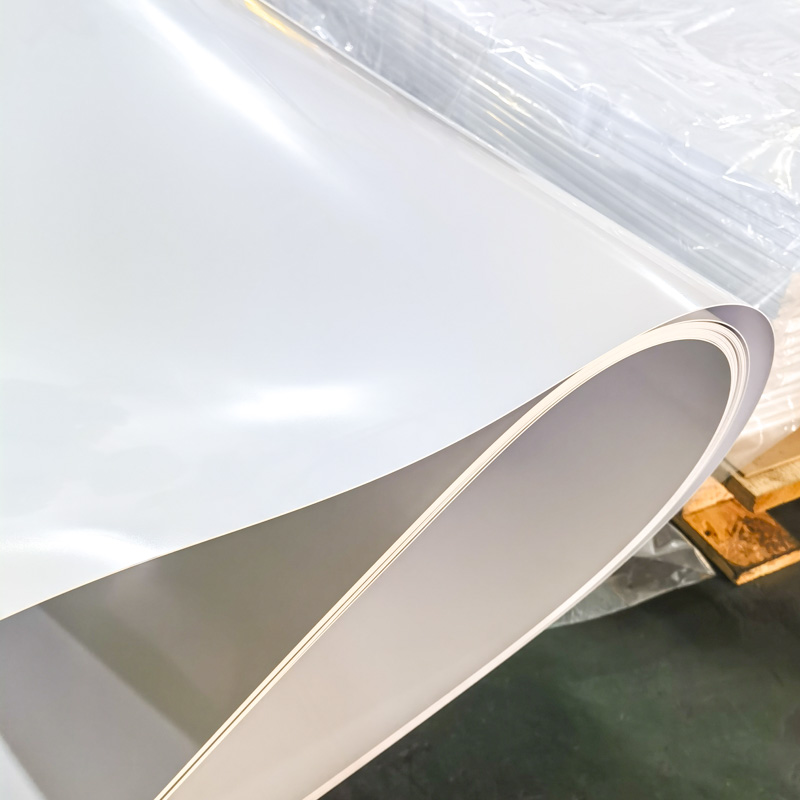PVC is a polymer based on ethylene, and its material is a non crystalline material. In practical use, PVC Sheet materials often contain stabilizers, lubricants, auxiliary processing agents, colorants, impact retardants, and other additives. It has non flammability, high strength, resistance to weather changes, and excellent geometric stability. PVC Roll has strong resistance to oxidants, reducing agents, and strong acids. However, it can be corroded by concentrated oxidizing acids such as concentrated sulfuric acid and concentrated nitric acid, and is also not suitable for contact with aromatic hydrocarbons and chlorinated hydrocarbons
Acrylic, also known as organic glass, is a high molecular weight polyester compound with stable chemical and physical properties. It is a newly emerging thermoplastic material in recent years, characterized by high transparency, excellent transparency, good weather resistance and molding performance. Therefore, it is favored by many processing factories, such as the acrylic lampshade made by Lianzhen, which has excellent transparency!
Transparent PVC Sheet, also known as Polyvinyl chloride polymer, is a thermoplastic resin formed by the polymerization of vinyl chloride under the action of an initiator. It is also a type of polymer compound characterized by high hardness, stability to organic and inorganic acids, bases, and salts, resistance to corrosion by acidic and alkaline substances, and semi transparency. It is mainly used to make various industrial pipes and protective films.

From the above understanding of the properties of acrylic and PVC, it can be seen that acrylic is more transparent than PVC. Acrylic is not as resistant to acid and alkali corrosion as PVC, but it has stronger weather resistance than PVC. Therefore, when distinguishing between acrylic lampshades and PVC lampshades, you can first look at the transparency of the two. The one with higher transparency is acrylic. If the transparency is not difficult to distinguish, you can pinch the two with your nails. The one with marks is PVC, because the surface of PVC is not as hard as acrylic, and now many acrylic surfaces are coated with coatings, making it less likely to be scratched. With the above points, it is easy to distinguish between acrylic lampshades and PVC lampshades!








